
In a groundbreaking study, scientists have employed controlled seismic activity to investigate the subsurface structure of Yellowstone National Park. Utilizing a 53,000-pound vibroseis truck equipped with a hydraulic vibration plate, researchers generated low-intensity seismic waves akin to “tiny earthquakes” to penetrate the Earth’s crust. These waves were recorded by an extensive network of over 600 seismometers strategically placed throughout the park.
The primary objective was to delineate the precise depth and characteristics of the magma reservoir beneath Yellowstone, a supervolcano known for its geothermal features and past cataclysmic eruptions. Previous estimates placed the top of the magma chamber between 3 and 9 kilometers below the surface, but lacked precision. The new seismic data revealed a sharp boundary at approximately 3.8 kilometers depth, indicating a distinct transition from solid rock to a volatile-rich magma cap.
This cap comprises a mixture of molten rock, solid crystals, and supercritical fluids, which regulate volcanic pressure by allowing gases to escape gradually. The findings suggest that Yellowstone’s magmatic system is stable, with no immediate signs of an impending eruption. This innovative approach enhances our understanding of Yellowstone’s subterranean dynamics and offers a valuable methodology for studying other volcanic systems worldwide.
The Vibroseis Truck: Engineering Seismic Insights
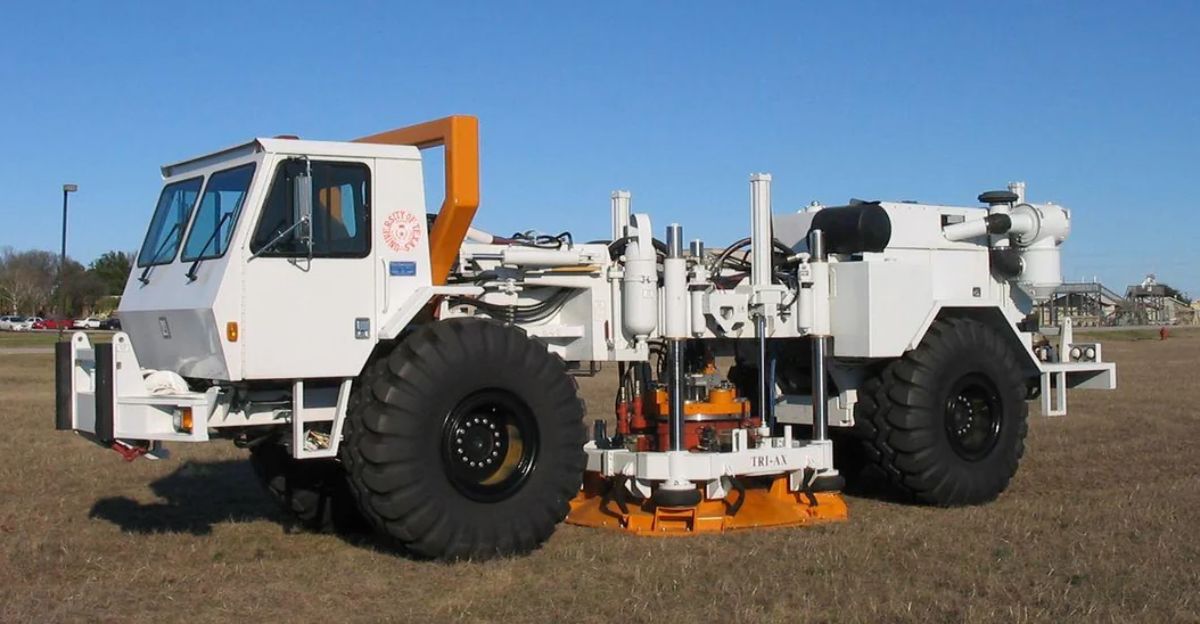
Central to this research was deploying a vibroseis truck, a specialized vehicle traditionally used in oil and gas exploration. Weighing 53,000 pounds, the car has a hydraulic plate that delivers controlled vibrations into the ground. These vibrations generate seismic waves that travel through subsurface layers, reflecting off various geological structures. Scientists can construct detailed images of underground formations by analyzing the reflected waves captured by seismometers.
In Yellowstone, the vibroseis truck operated primarily at night to minimize disturbances to park visitors and wildlife. The data collected provided unprecedented clarity on the depth and composition of the magma reservoir, revealing a sharp transition at 3.8 kilometers beneath the surface. This method offers a non-invasive means to study volcanic systems, enhancing our ability to monitor and understand potential geohazards.
Mapping the Magma Reservoir’s Cap
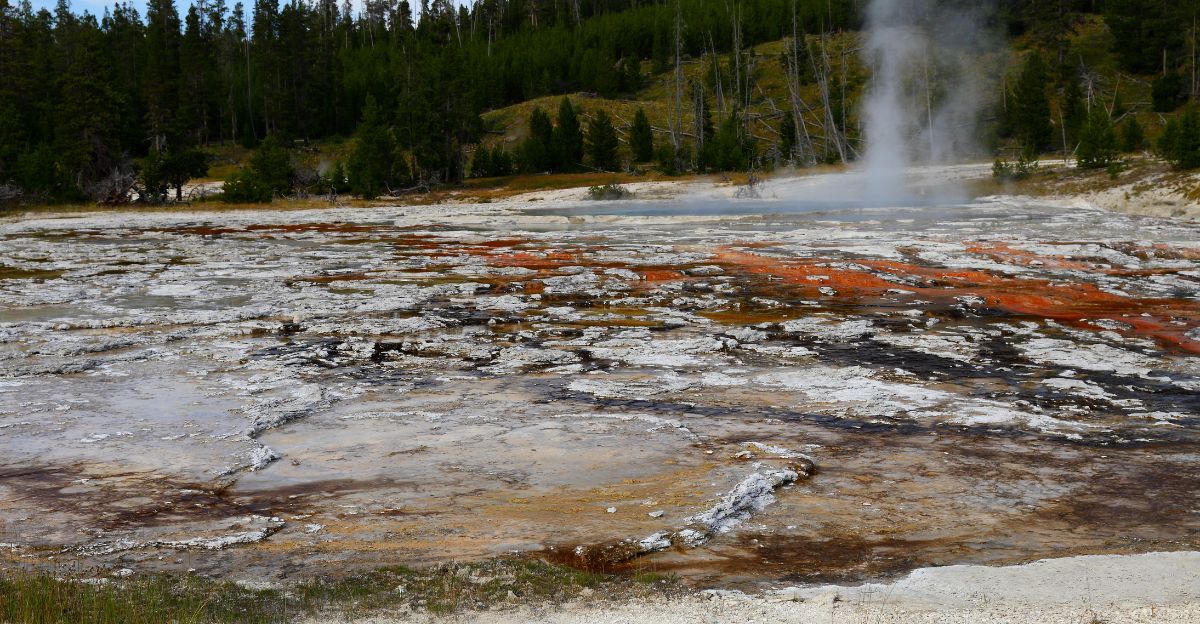
The seismic study uncovered a distinct cap atop Yellowstone’s magma reservoir, situated approximately 3.8 kilometers below the surface. This cap consists of a complex mixture of molten rock, solid crystals, and supercritical fluid substances that exhibit properties of both liquids and gases under extreme pressure and temperature. The presence of supercritical fluids is significant, as they facilitate the gradual release of volcanic gases, thereby preventing the buildup of pressure that could lead to eruptions.
The sharp boundary between solid rock and this volatile-rich layer indicates a well-defined transition zone, enhancing our understanding of the magmatic system’s structure. These insights are crucial for assessing volcanic stability and potential eruption risks.
Supercritical Fluids: Nature’s Pressure Valves
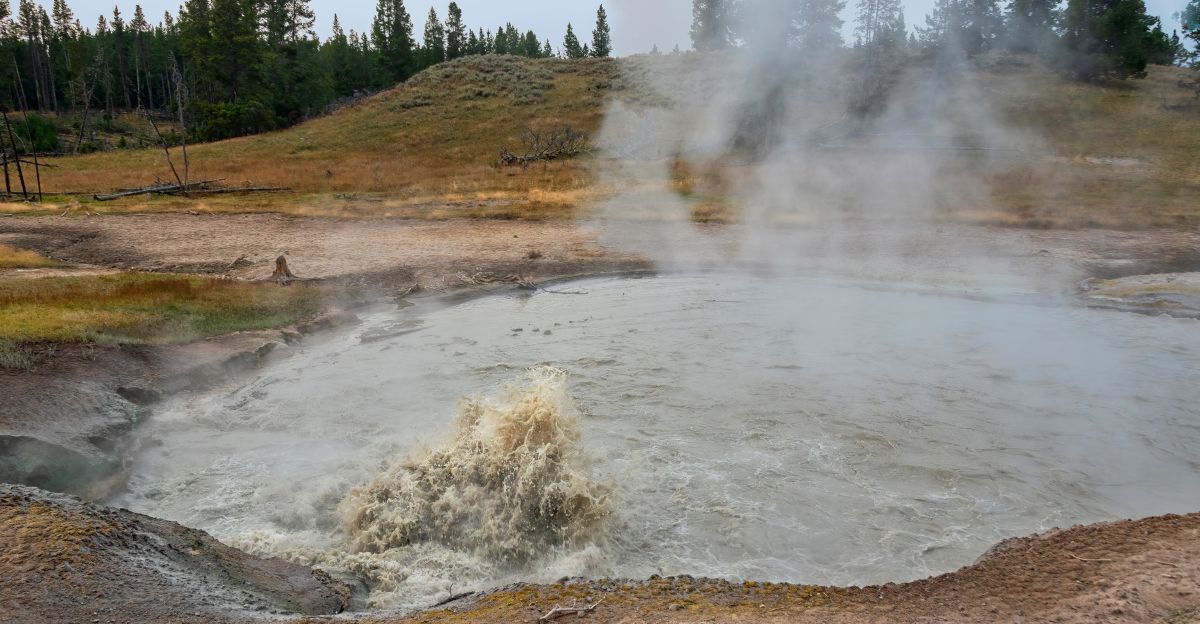
Supercritical fluids within the magma cap are pivotal in maintaining Yellowstone’s volcanic stability. These fluids, existing at conditions beyond their critical temperature and pressure, possess unique properties that enable them to permeate porous rock and transport dissolved gases. In Yellowstone, the supercritical fluids facilitate the upward migration of volcanic gases through fractures and hydrothermal systems, effectively venting pressure from the magma chamber.
This continuous degassing reduces the likelihood of sudden pressure accumulation, a primary trigger for explosive eruptions. Understanding the behavior of supercritical fluids is essential for evaluating the dynamics of volcanic systems and their potential hazards.
Seismic Imaging: A Window into Earth’s Interior
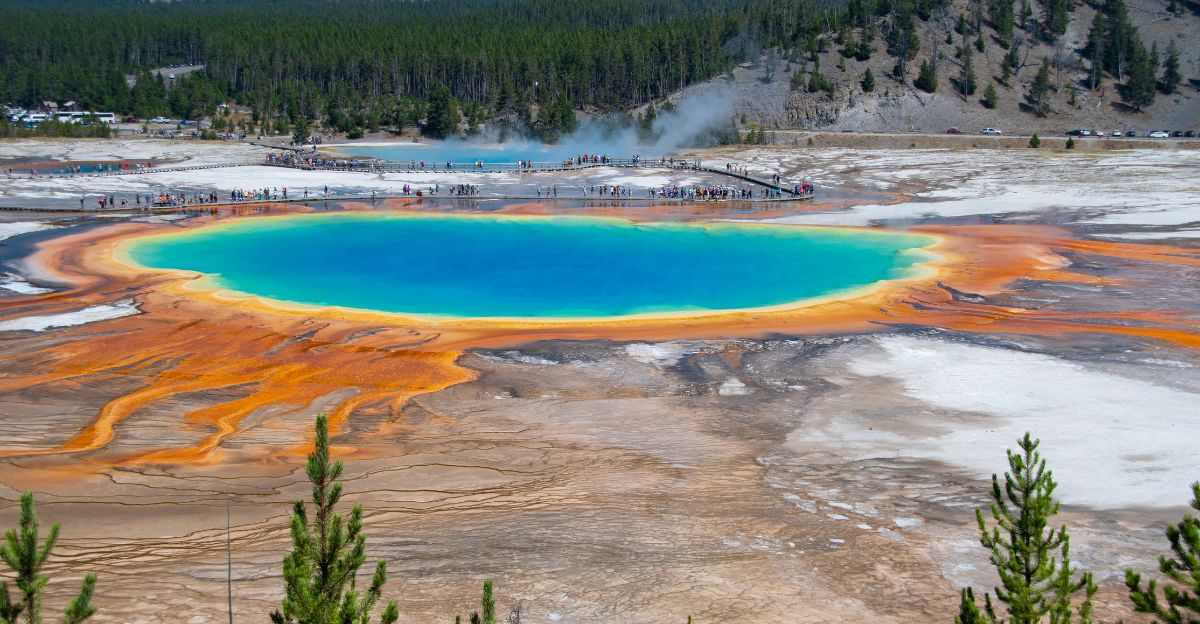
Like medical ultrasound, seismic imaging allows scientists to visualize subsurface structures by analyzing how seismic waves propagate through different materials. In this study, the controlled seismic waves generated by the vibroseis truck provided high-resolution data on the composition and boundaries of geological layers beneath Yellowstone.
The reflections and refractions of these waves revealed a sharp interface between solid rock and the magma cap, offering precise measurements of its depth and thickness. Such detailed imaging is instrumental in constructing accurate models of volcanic systems, informing both scientific understanding and hazard mitigation strategies.
Implications for Volcanic Monitoring
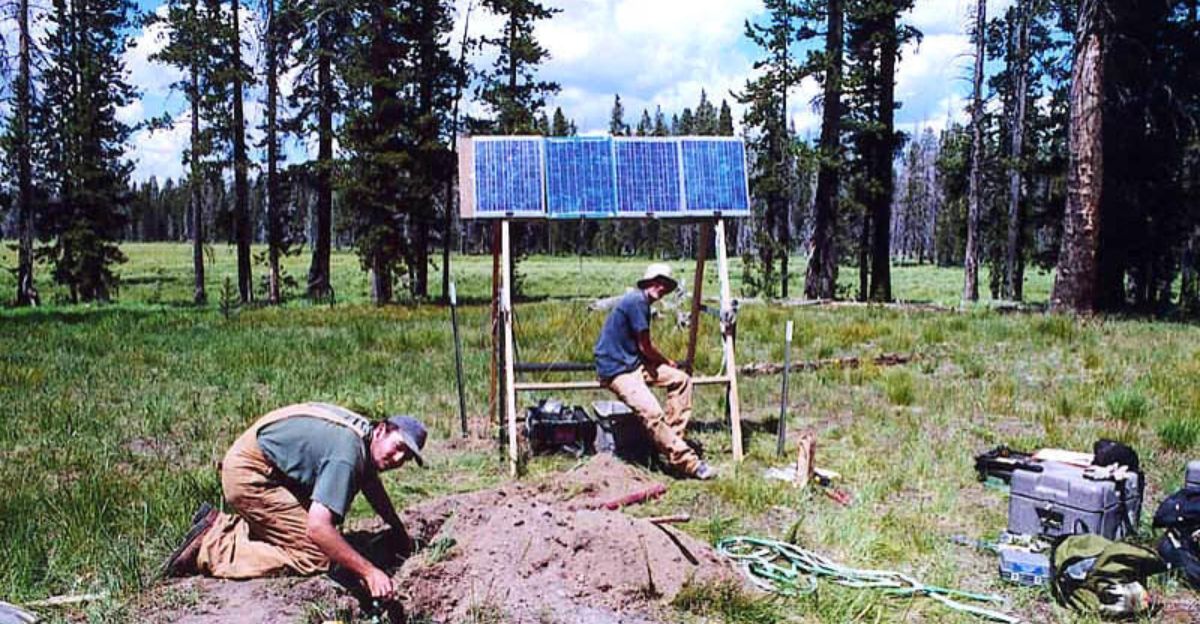
The insights gained from this seismic study have significant implications for volcanic monitoring and risk assessment. By accurately mapping the depth and characteristics of the magma reservoir, scientists can better predict potential changes in volcanic activity. Identifying a stable, degassing magma cap suggests that Yellowstone’s supervolcano is currently quiescent.
However, continuous monitoring is essential, as variations in gas emissions, seismic activity, or ground deformation could indicate system dynamics shifts. The methodologies employed in this research enhance our capacity to detect early warning signs of volcanic unrest, contributing to public safety and preparedness.
Yellowstone’s Volcanic History and Future Outlook
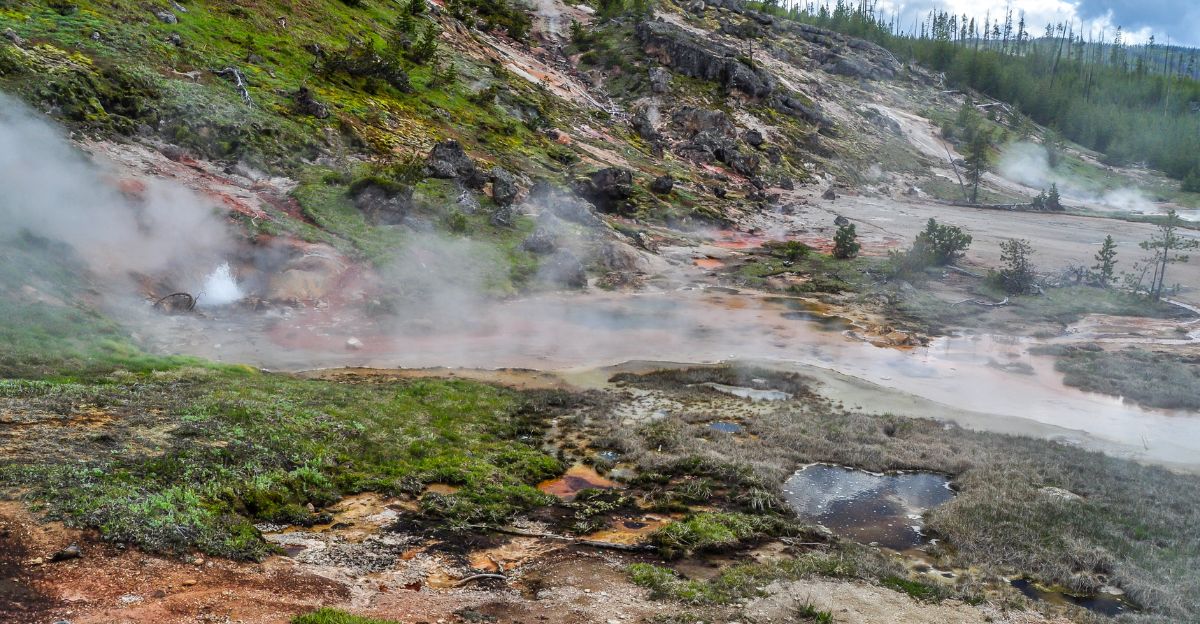
Yellowstone’s geological history is marked by three significant eruptions over the past 2.1 million years, with the most recent occurring approximately 631,000 years ago. These cataclysmic events have shaped the park’s landscape and underscore the importance of understanding its underlying magmatic system.
The current findings, indicating a stable magma cap with efficient gas release mechanisms, suggest an imminent eruption is unlikely. Nonetheless, the dynamic nature of volcanic systems necessitates ongoing research and monitoring to detect any changes that could alter this assessment.
Advancements in Seismic Technology
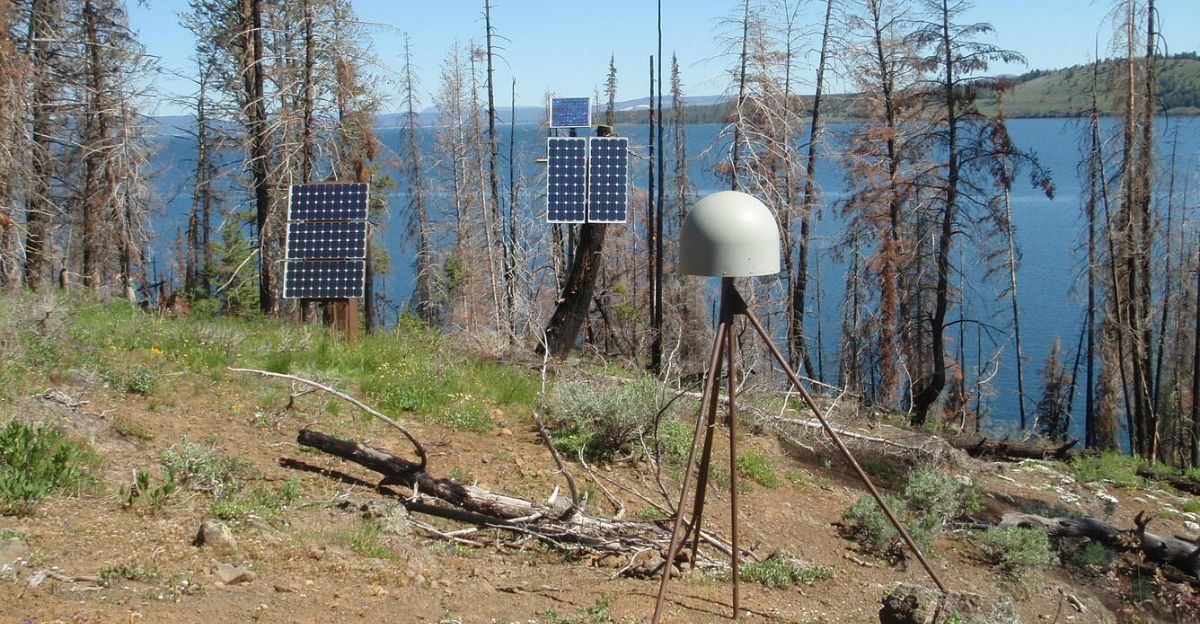
The successful application of controlled seismic techniques in Yellowstone exemplifies the advancements in geophysical research tools. Integrating vibroseis technology with a dense network of seismometers and sophisticated data analysis has yielded unprecedented insights into subsurface structures.
These innovations enhance our understanding of volcanic systems and have broader applications in earthquake seismology, resource exploration, and environmental studies. Continued development and refinement of these technologies will further our ability to investigate Earth’s interior processes.
Broader Applications of the Research
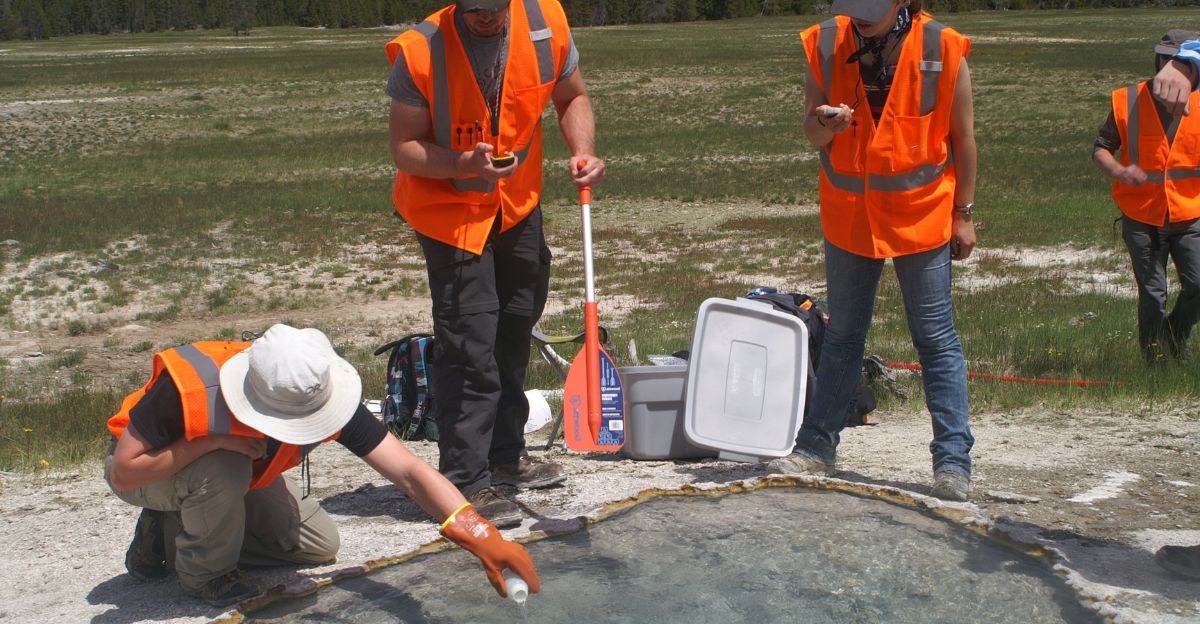
The methodologies and findings from the Yellowstone study have implications beyond the park’s boundaries. The approach of generating controlled seismic waves to image subsurface structures can be applied to other volcanic regions worldwide, aiding in assessing volcanic hazards and geothermal energy potential.
Furthermore, the insights into magma cap dynamics and gas release mechanisms contribute to the broader understanding of volcanic behavior, informing global monitoring efforts and risk mitigation strategies.
Enhancing Volcanic Understanding
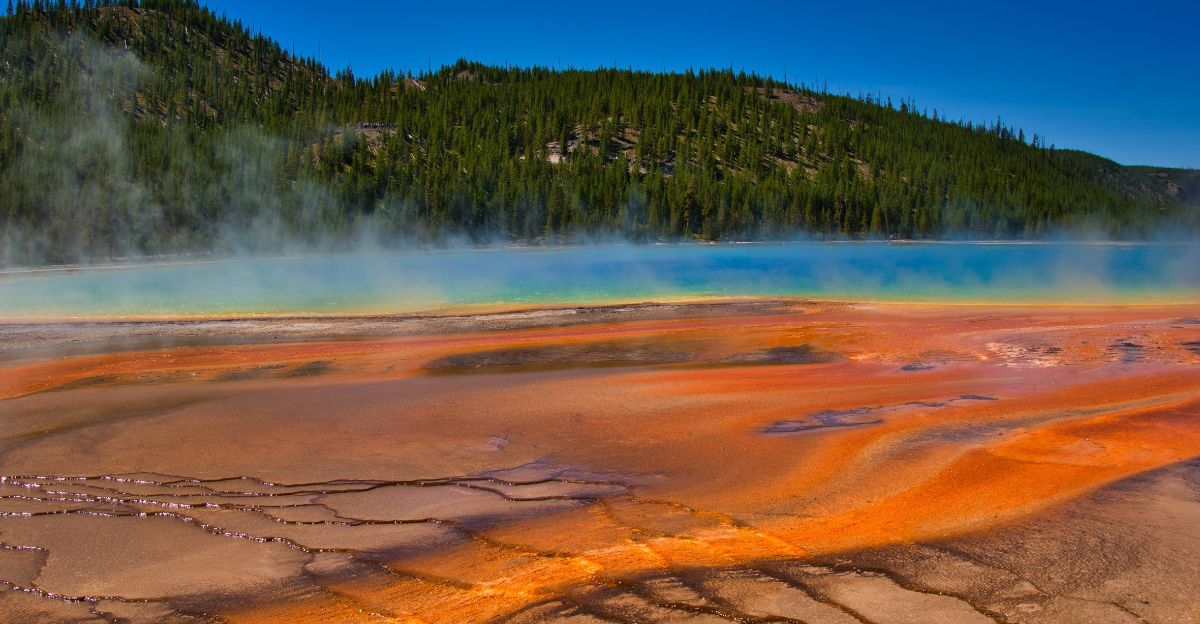
The innovative use of controlled seismic activity in Yellowstone National Park has provided a clearer picture of the underlying magmatic system, revealing a distinct magma cap crucial in regulating volcanic pressure. These findings underscore the importance of advanced geophysical techniques in studying complex geological phenomena.
As technology continues to evolve, such methodologies will be instrumental in enhancing our understanding of volcanic systems, improving monitoring capabilities, and informing public safety measures. Ongoing research and surveillance remain essential to effectively anticipate and respond to potential volcanic hazards.
Explore more of our trending stories and hit Follow to keep them coming to your feed!

Don’t miss out on more stories like this! Hit the Follow button at the top of this article to stay updated with the latest news. Share your thoughts in the comments—we’d love to hear from you!







